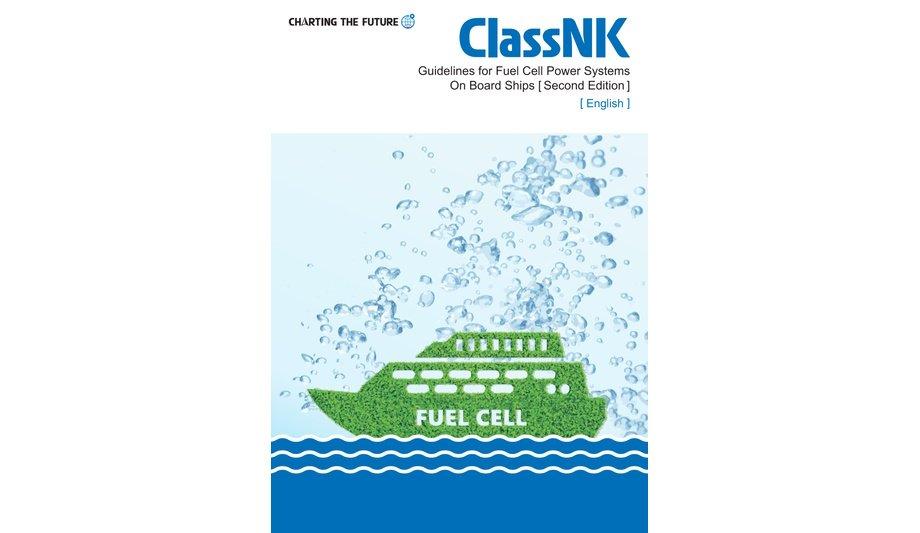ClassNK has released "Guidelines for Fuel Cell Power Systems On Board Ships (Second Edition)", which cover safety provisions related to the design of ships powered by fuel cells as well as fuel cell power systems themselves, coming in anticipation of the growing adoption of fuel cells in maritime transport.
Fuel cells are power systems that use electrical energy obtained from the chemical reaction between hydrogen and oxygen. Notably, they do not emit CO2 during electricity generation, positioning them as a potential solution to help reduce GHG emissions from shipping.
Interim guidelines
Interim Guidelines for the safety of ships using fuel cell power installations were approved
On the other hand, the use of fuel cells entails handling hydrogen, which has many physical properties distinct from conventional fuel gases. To ensure safety, it is critical to take sufficient measures. Discussions are currently underway at the IMO to amend the International Code of Safety for Ships Using Gases or Other Low-Flashpoint Fuels (IGF Code) to include provisions specific to fuel cells.
At MSC105, the interim Guidelines for the safety of ships using fuel cell power installations were approved.
Latest safety measures
In this recent update, ClassNK has incorporated the contents of the IMO Interim Guidelines into its "Guidelines for Fuel Cell Power Systems On Board Ships (Second Edition)." These guidelines outline the latest safety measures for installing fuel cell power in vessels, including design principles for related equipment, fire safety, electrical systems, control, monitoring, and safety systems.
The guidelines also set out requirements for a class notation for vessels that meet these provisions. Moreover, an annex detailing the examination requirements for fuel cell power systems, based on relevant IEC standards and regulations, has been added.










